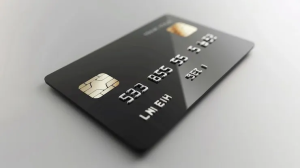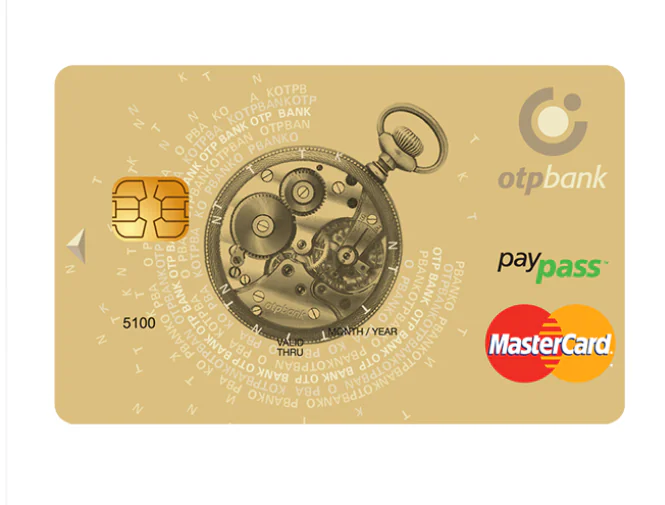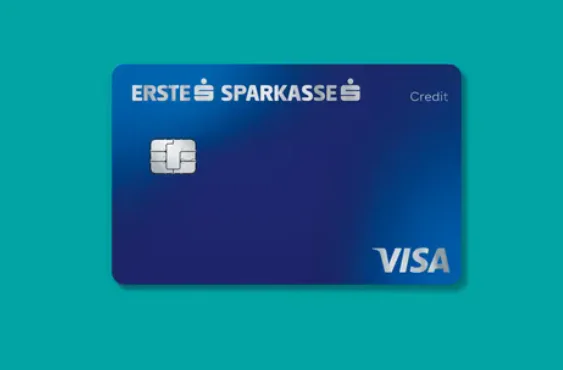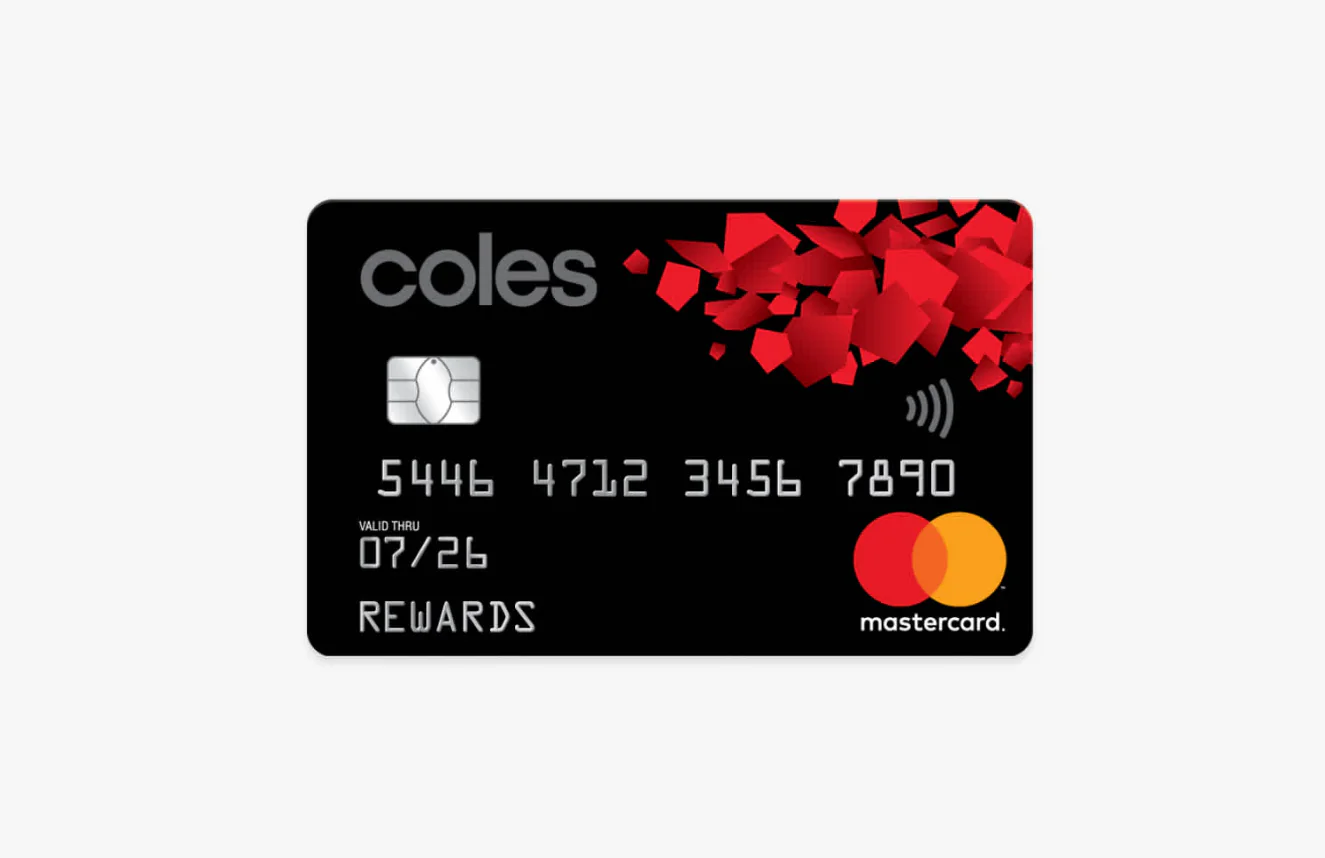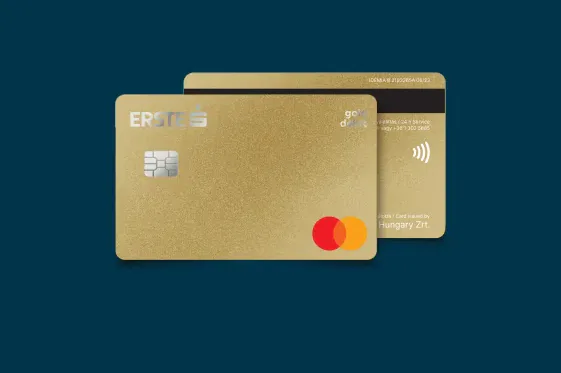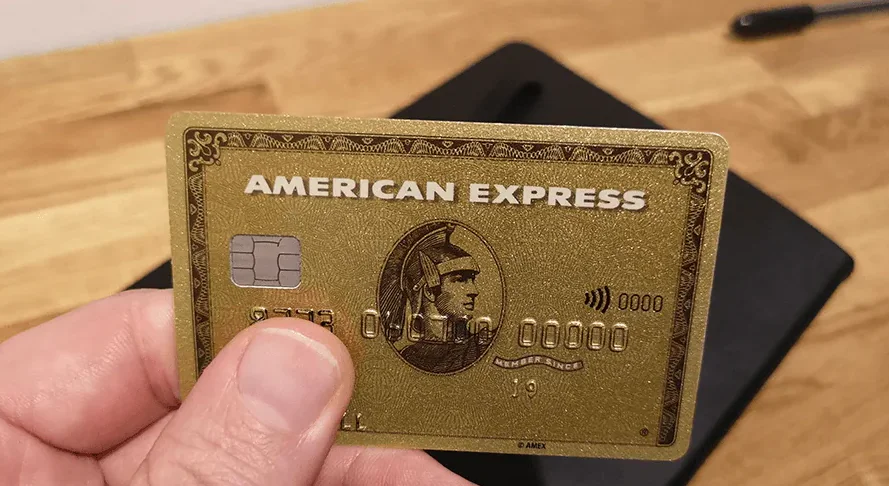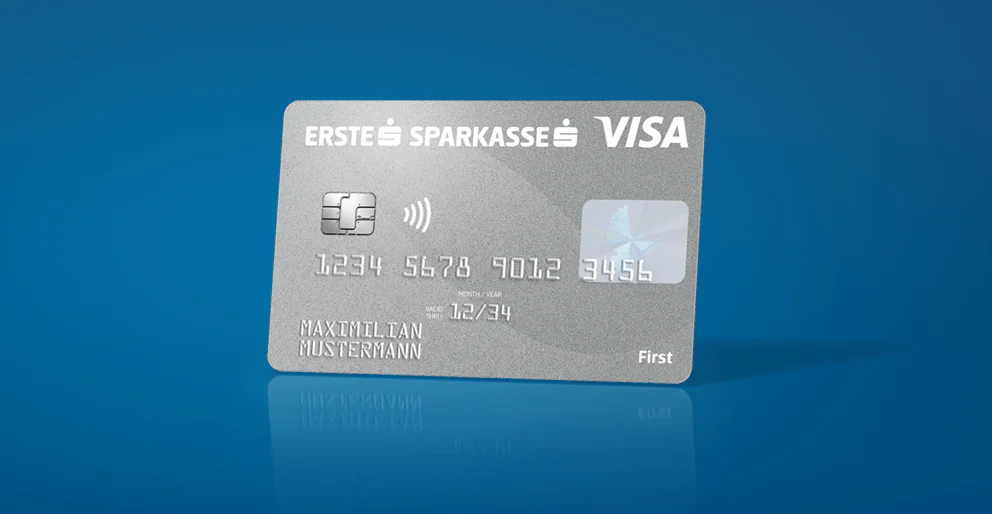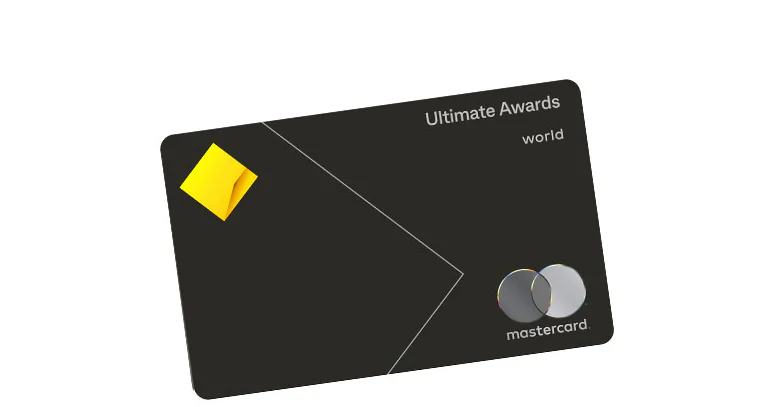Goldman Sachs Bank USA issues the Apple Card through partnership with Apple Inc., operating on the Mastercard payment network. The card launched in August 2019 as Goldman Sachs’ entry into consumer credit products, marking the bank’s first credit card offering.
The product exists in physical titanium and digital forms. Users access the digital card immediately upon approval through the Apple Wallet application on compatible iPhone devices. The physical card ships separately for transactions where digital payment methods prove impractical.
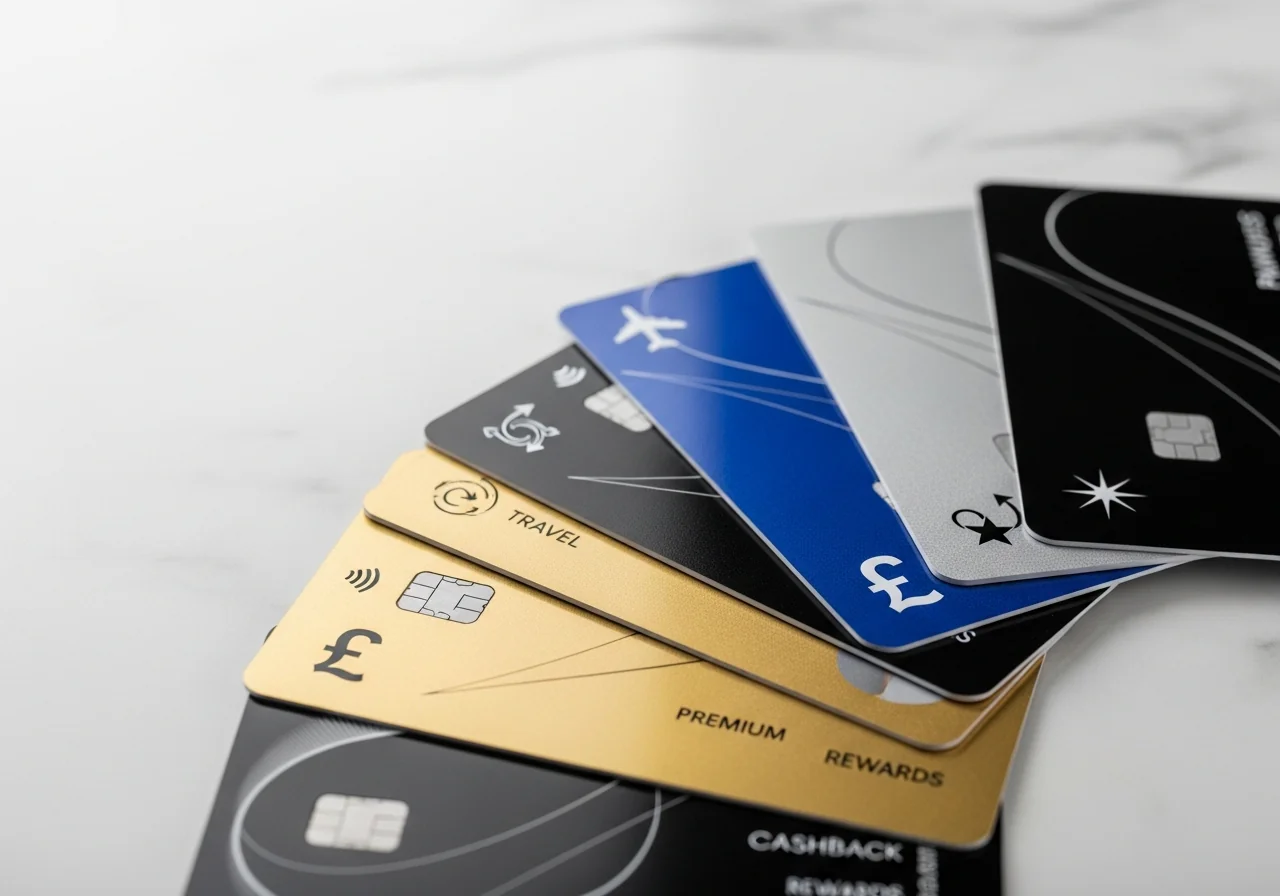
Recommended Articles
Below are helpful, related guides.Application and account management occur exclusively through iPhone and iPad devices running iOS 12.4 or later. The requirement limits eligibility to Apple ecosystem users, differentiating the product from platform-agnostic credit cards.
Goldman Sachs holds the underwriting responsibility and credit risk, while Apple controls user interface design and customer experience elements. Mastercard provides the payment network infrastructure enabling merchant acceptance globally.
Daily Cash Rewards Structure
The card provides cash back on purchases immediately rather than accumulating rewards for monthly redemption. This daily settlement distinguishes the program from competitors offering monthly or quarterly reward posting schedules.
Three percentage rates apply based on transaction category. Purchases made at Apple stores, Apple.com, App Store, Apple Music subscriptions, Apple TV+ subscriptions, Apple Arcade subscriptions, iCloud storage, and AppleCare services earn 3% Daily Cash. This rate applies to approximately $2,000 in annual spending for average users based on typical Apple service subscription patterns.
Purchases processed through Apple Pay using participating merchant terminals earn 2% Daily Cash. Merchant participation requires contactless payment terminal installation and activation. Major retailers, restaurant chains, and transportation services increasingly support the technology, though adoption rates vary regionally.
Physical card usage for transactions where Apple Pay acceptance does not exist earns 1% Daily Cash. The lower rate reflects the baseline reward level for standard magnetic stripe or chip transactions.
All Daily Cash accumulates in the Apple Cash card within Apple Wallet. Users transfer funds to bank accounts, send to contacts, or apply toward Apple Card balance payments. The Apple Cash card functions as a stored-value account separate from the credit card itself.
Fee Structure and Interest Rate Approach
The Apple Card carries no annual fee, foreign transaction fee, late payment fee, over-limit fee, or returned payment fee. This zero-fee framework eliminates common credit card charges that competitors typically assess.
Annual Percentage Rates range from 19.24% to 29.24% based on creditworthiness evaluation during application review. The rate applies to balances carried beyond the grace period each billing cycle. Goldman Sachs determines individual APR assignments using standard credit scoring models and income verification.
The absence of penalty APR provisions means interest rates do not increase following late payments. This structure differs from industry standard practice where missed payments trigger rate increases to penalty levels often exceeding 29.99%.
Goldman Sachs discloses full interest calculations in real-time within the Apple Wallet interface. The system displays exact dollar amounts of interest that would accrue under different payment scenarios, providing transparency uncommon in credit card interfaces.
The card offers installment payment options for Apple product purchases directly from the company. iPhone purchases qualify for 24-month interest-free financing when buyers meet creditworthiness requirements and hold active Apple Card accounts. Other Apple products qualify for shorter interest-free terms.
Privacy and Security Architecture
Goldman Sachs and Apple do not share cardholder purchase history with third parties for marketing or advertising purposes. Transaction data remains isolated from Apple’s advertising platforms and external data brokers.
The physical titanium card contains no printed card number, CVV security code, expiration date, or signature panel. This design eliminates visual security vulnerabilities inherent in traditional card printing. Users access full card details through the secure Wallet application when needed for online purchases.
Each transaction generates a unique dynamic security code rather than relying on static card numbers. The technology employs tokenization standards developed by EMVCo, preventing merchant systems from accessing actual card account numbers during payment processing.
Biometric authentication through Face ID or Touch ID authorizes transactions initiated through iPhone devices. The requirement adds verification layers beyond traditional PIN or signature methods.
Users can freeze the card instantly through the Wallet application if theft or loss occurs. The digital control enables immediate action without telephone wait times or automated system navigation.
Credit Limit Determination and Adjustment Mechanisms
Goldman Sachs assigns initial credit limits based on income, credit history, existing debt obligations, and other standard underwriting factors. The bank does not publish minimum or maximum credit limits, with approved amounts varying significantly between applicants.
The system evaluates accounts monthly for credit limit adjustments. Positive account management behaviors including consistent on-time payments and low utilization ratios can trigger automatic limit increases without cardholder requests.
Users request limit increases directly through the Wallet interface. The request process requires income verification and triggers soft credit inquiries that do not impact credit scores. Goldman Sachs reviews internal account performance data alongside the request.
The card provides path-to-credit-approval for applicants who initially receive denials. The Path to Apple Card program, developed in partnership with credit bureau TransUnion, offers specific actions applicants can take to improve approval odds. The guidance remains active for four months post-denial.
Account Management and Statement Presentation
The Wallet application serves as the sole interface for account review, payment submission, and settings adjustment. Traditional paper statements do not mail automatically, though users can request email PDF versions through settings.
Weekly spending summaries organize purchases into categories including food and drinks, shopping, transportation, entertainment, services, and health. Color-coded visualization helps users identify spending patterns without manual categorization.
Payment scheduling occurs within the interface with multiple options. Users can pay the statement balance, minimum payment, or custom amounts. The system displays interest costs associated with each payment choice before confirmation.
Scheduled payments link to debit cards or bank accounts through secure connection protocols. Apple Card balance payments using Apple Cash do not incur processing delays or fees.
Transaction merchant names display as recognizable brands rather than cryptic payment processor codes common in traditional card statements. Apple’s merchant identification database translates processor information into consumer-friendly naming.
Spending notifications deliver to iPhone devices immediately after transaction authorization. The push notification system provides real-time account monitoring without application opening requirements.
Credit Score Monitoring and Financial Health Tools
The Wallet application displays FICO scores for cardholders without separate enrollment or fee requirements. Score updates occur monthly in conjunction with statement closing dates. The feature sources data from TransUnion credit reports.
Score factor breakdowns identify elements influencing the numerical rating. Categories include payment history, credit utilization, credit age, credit mix, and recent credit inquiries. The explanations translate complex scoring methodology into accessible language.
The interface does not provide full credit report access. Users viewing comprehensive credit reports must access them through annual free report services or paid monitoring products from credit bureaus directly.
Financial health integration with iOS budgeting tools remains limited. The card does not connect to third-party financial management applications through direct API access due to Apple’s closed ecosystem approach.
Customer Service and Dispute Resolution
Support operates through iMessage-based chat, phone calls, and email within the Wallet application. The messaging option enables asynchronous communication without hold times or transferred calls.
Apple-employed specialists handle customer service interactions rather than outsourced call center operations. The internal staffing model aims to maintain service quality consistency.
Fraud dispute processes initiate through the Wallet interface. Users select suspicious transactions and provide brief explanations for dispute reasons. Provisional credits typically post during investigation periods pending final resolution.
Chargeback procedures follow standard Mastercard dispute protocols for merchant billing errors or service failures. Documentation submission occurs through secure message threads within the support interface.
Goldman Sachs maintains fraud detection systems monitoring transaction patterns for suspicious activity. Unusual geographic locations, sudden spending spikes, or merchant categories inconsistent with historical patterns trigger verification requests.
Physical Card Specifications and Replacement
The titanium card measures standard credit card dimensions at 85.60 × 53.98 mm. Weight reaches approximately 14.75 grams, exceeding plastic cards significantly. The metal composition consists primarily of titanium with laser-etched Apple logo and cardholder name.
No magnetic stripe exists on the card due to security considerations. EMV chip technology enables in-person transactions where contactless readers are not available. The absence of magnetic stripe capability limits usage at legacy payment terminals requiring stripe reads.
Card replacement for damaged or lost physical cards incurs no fee. Users request replacements through the Wallet application with delivery timeframes ranging from 5-7 business days. The digital card remains functional during physical card transit.
Damaged cards with readable chips continue functioning for chip-based transactions despite cosmetic wear. The titanium construction resists bending and breaking more effectively than plastic alternatives.
Network Acceptance and International Usage
Mastercard network participation enables acceptance at merchants worldwide displaying Mastercard signage. Global acceptance rates exceed 90% of locations accepting credit cards according to Mastercard’s coverage statistics.
The zero foreign transaction fee structure benefits international travelers. Purchases in foreign currencies convert to U.S. dollars using Mastercard exchange rates without additional markup percentages.
Currency conversion rates apply at the time of transaction processing rather than purchase date. This timing can result in slight variations between expected and actual charges due to exchange rate fluctuations during processing periods.
ATM cash advance capabilities exist with applicable fees and interest charges. The card does not optimize for cash access, positioning itself primarily for electronic purchases. Goldman Sachs sets cash advance limits below total credit limits for most accounts.
Quick answers (because you asked)
Can Android users apply for the Apple Card?
No. The card requires an iPhone running iOS 12.4 or later for application submission and account management. The product design restricts access to Apple ecosystem users exclusively.
Does the Apple Card charge an annual fee?
No. The card carries no annual fee, foreign transaction fees, late payment fees, over-limit fees, or returned payment fees.
How does the Daily Cash rewards program work?
Cash back posts to the Apple Cash account daily rather than accumulating for monthly distribution. The rate structure provides 3% on Apple purchases, 2% on Apple Pay transactions, and 1% on physical card usage.
Where can users spend accumulated Daily Cash?
Daily Cash accumulates in the Apple Cash card within Apple Wallet. Users can transfer funds to bank accounts, send to contacts through iMessage, or apply toward Apple Card balance payments.
What is the interest rate range for the Apple Card?
nnual Percentage Rates range from 19.24% to 29.24% based on individual creditworthiness during application review. The rate does not increase as a penalty for late payments.
Does the Apple Card offer interest-free financing for Apple products?
Yes. iPhone purchases qualify for 24-month interest-free installment plans when purchased directly from Apple. Other Apple products qualify for shorter interest-free terms based on product category.
Why does the physical card not display a card number?
The titanium card eliminates printed security information to reduce fraud vulnerability.
